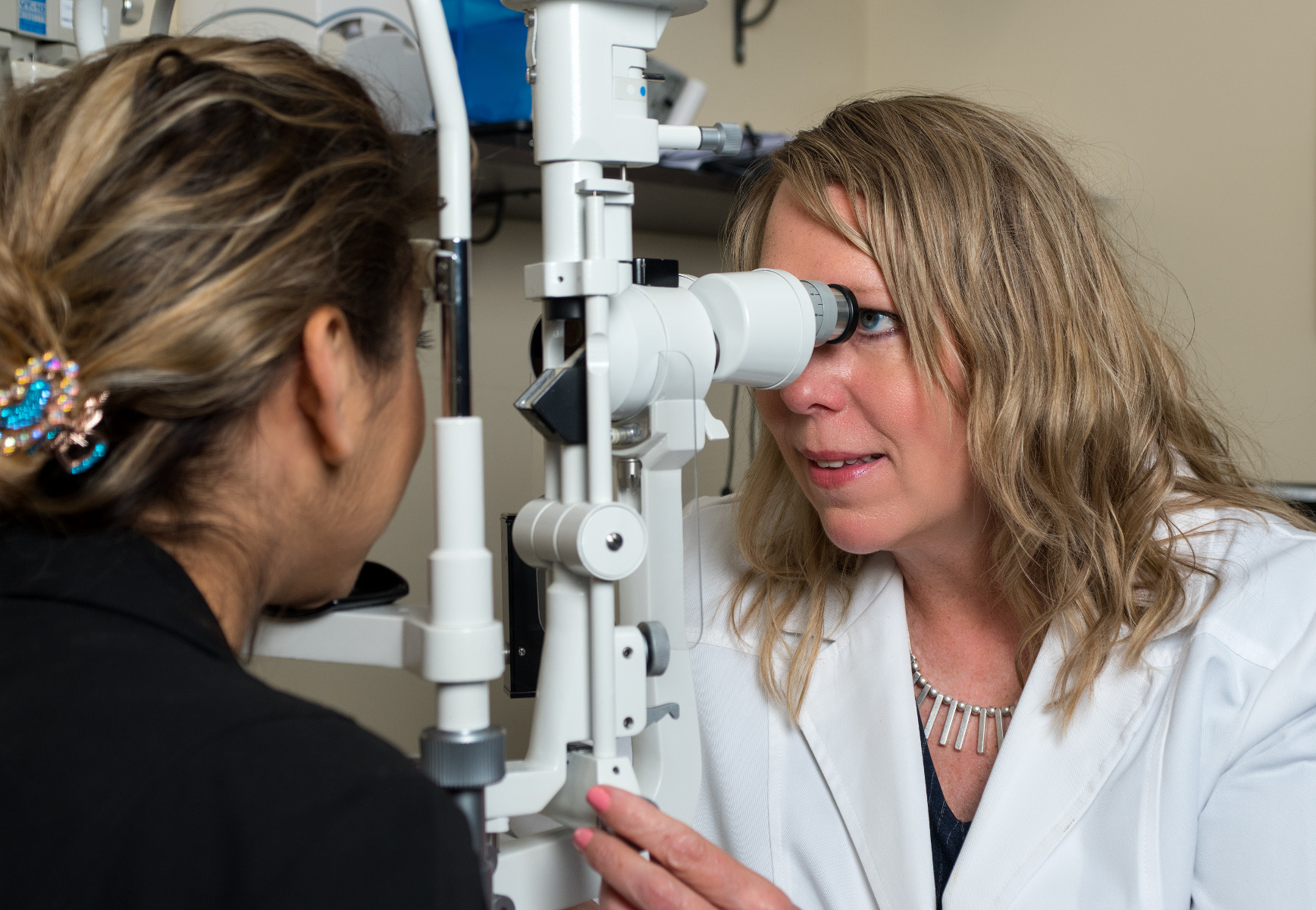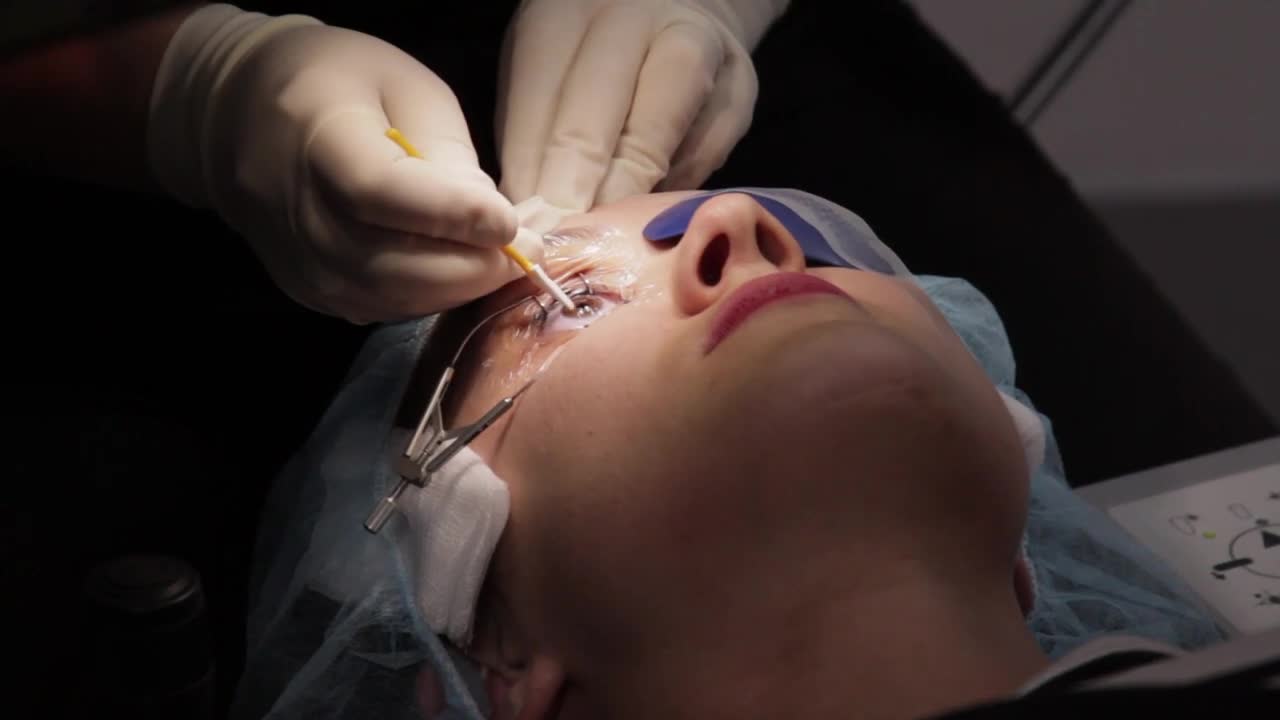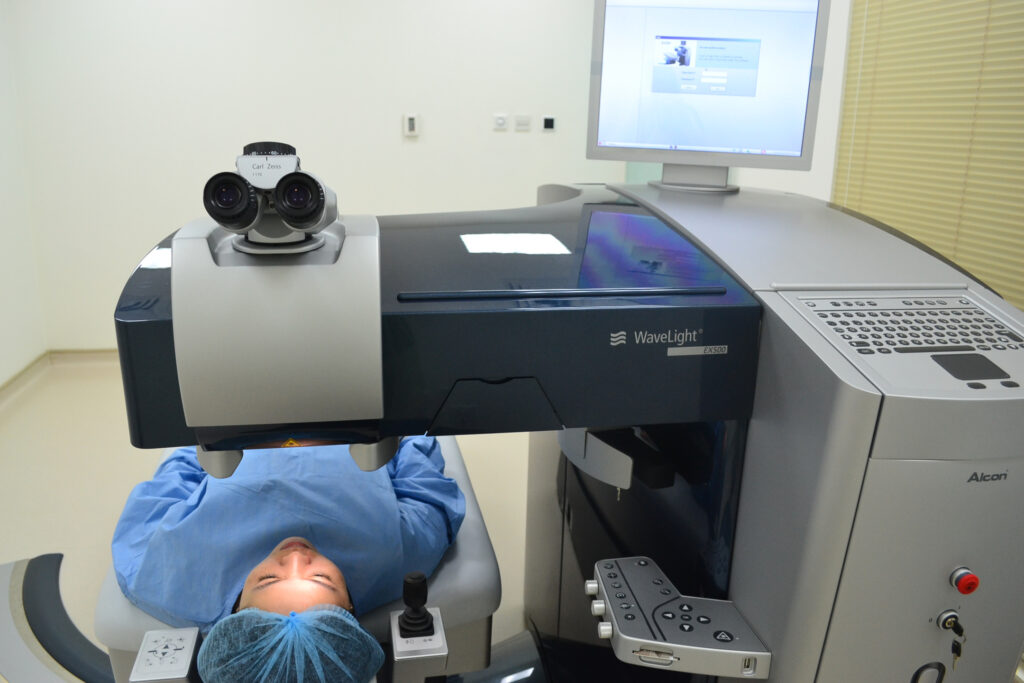Think you know all about lasik eye
In certain circles, laser eye surgery, often known as lasik eye surgery, may be used to correct a range of visual disorders. However, there are certain hazards involved with the procedure, and not everyone is a good candidate. Furthermore, depending on where a person lives, the surgery may be rather costly.
The cornea is the eye’s protective outer layer that shields it from the elements. Astigmatism and myopia are two disorders in which the shape of the cornea changes, causing visual issues in certain people. This layer is altered by laser energy during lasik eye surgery.
The manner LASIK reshapes the cornea is governed by the vision impairment that the technique is meant to correct. A range of vision issues, including nearsightedness and farsightedness, may be treated by laser eye surgery.
It just takes a few minutes, and the patients remain awake during the procedure. There are no known ramifications. It’s also typically painless; if a person feels uncomfortable, it’s usually a clue that something is wrong.
This article explains what LASIK is, who it can help, how much it costs, how long it takes to finish, how long it takes to recover, and if there are any short- or long-term risks associated with it.
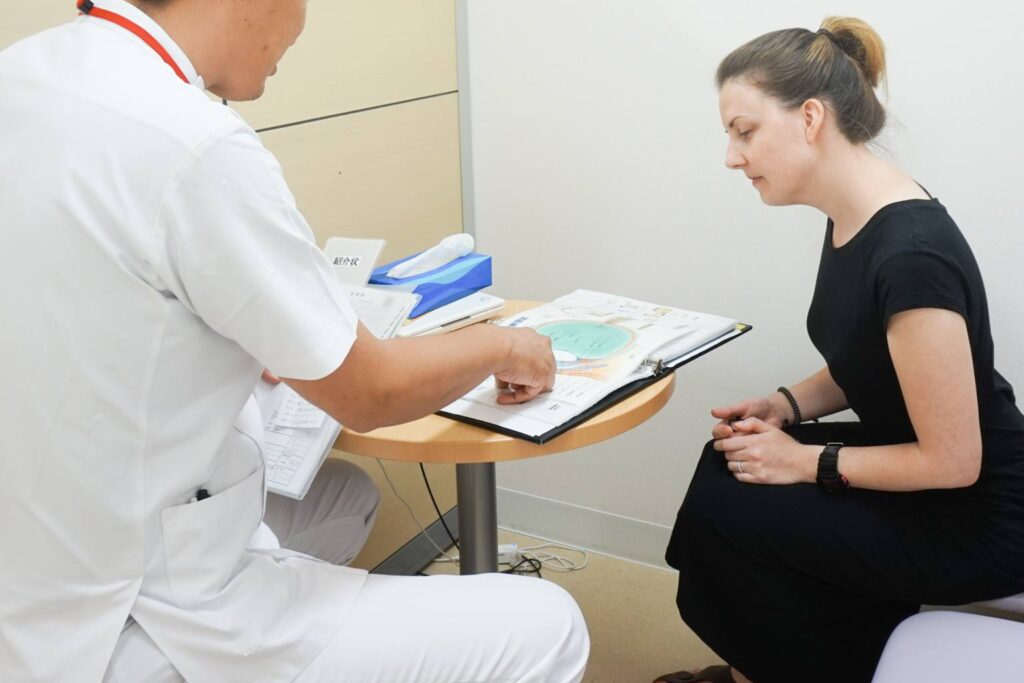
How does laser eye surgery operate and what are the benefits? (PRK or LASIK)
LASIK (laser-assisted in situ keratomileusis) is the most often performed refractive laser eye surgery method. According to Trusted Source, LASIK surgery was first patented in 1989 and has since evolved to become the most common treatment for refractive eye issues. Lasers are utilized to sculpt the cornea during the procedure.
Who could it be able to help?
Over 150 million Americans are expected to need corrective eyeglasses to compensate for refractive errors. The American Academy of Ophthalmology provided this figure.
A refractive error occurs when the eye fails to bend — or refract — light in order for it to properly focus on the retina at the rear of the eye. The shape of the corneal surface is the most common reason.
Longsightedness
In the medical world, farsightedness is referred as hyperopia. People with this sickness may be able to see things in the distance, but when they are near to them, other objects may seem fuzzy. The cornea’s curvature is too flat, causing it to be too thin, resulting in farsightedness. Laser eye surgery, which may correct this issue, can create a steeper curvature in the cornea.
Nearsightedness
Nearsightedness, often known as myopia or short-sightedness, is a vision disorder in which a person can see objects that are near to them clearly. On the other hand, distant things may seem hazy. This is caused to an overly steep corneal curvature, which produces the issue. Healthcare providers may cure this issue by reshaping the cornea using LASIK.
Astigmatism
The presence of an unevenly shaped pupil in the eyes of persons who suffer from astigmatism is a symptom of the condition. The eye of someone who does not have the condition is spherical, like a soccer ball, while the eye of someone who does has the disease may take on a football-like shape. In certain cases, laser eye surgery may rectify the aberrant curvature of the cornea, however this is not always possible.
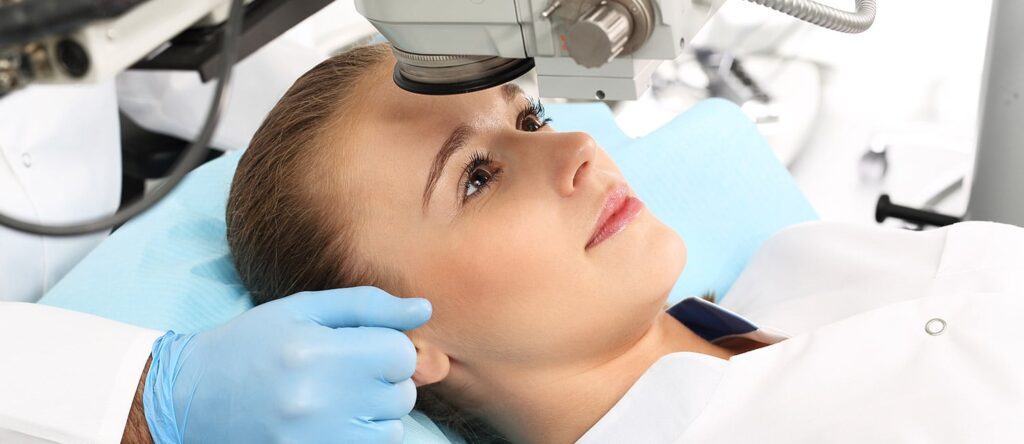
Who isn’t qualified for this position?
Individuals that aren’t suitable:
- are in their 20s or younger, although some experts recommend not being under the age of 18 years
- have thin corneas, which may be unstable following LASIK
- are pregnant or nursing
- have had a change in their eye prescription in the last 12 months • are taking medications that may cause vision changes
- are in their 20s or younger, although some experts recommend not being under the age of 18 years
Benefits
The most notable benefit of LASIK is that it eliminates the need for corrective eyeglasses for the great majority of patients. People may choose to have the procedure for a number of reasons, including the following:
- being unable to use contact lenses but preferring not to wear glasses for aesthetic reasons; wishing to engage in activities that require a person to not wear glasses or contact lenses, such as sports;
- being able to save time by not having to wear corrective lenses.
Complications are a risk with every surgical operation, and they include:
Dry eyes: Up to 95% of people who undergo LASIK get dry eyes as a result of the procedure, which is characterized by reduced tear production. The use of lubricating eye drops may help to reduce this sensation.
In as many as 20% of patients who undergo LASIK, visual abnormalities such as glare, halo, or increased sensitivity to light might occur.
Double or blurred vision: Up to one in fifty people may have blurriness and the sense of something being in their eyes. It’s probable that diffuse lamellar keratitis, often known as “sands of Sahara” keratitis, is to blame.
Other challenges that a person may face include the following:
- problems with the corneal flap as a consequence of an infection in the eye
- bloodshot or crimson-colored whites of the eyes
The majority of symptoms should go away within the first few days, so anybody who is still experiencing them beyond that time should seek medical help.
During the Surgical Procedure, What Should You Expect?
LASIK is usually finished in less than 30 minutes, according to the Food and Drug Administration (FDA).
It’s a reliable source. According to some estimations, the procedure will take around 5 minutes each eye.
Patients can anticipate the following adverse effects after LASIK:
- Patients will sit in a chair and recline so that they are flat on their backs underneath a laser device and a computer screen throughout the operation.
- After the surgical team has cleansed the area around the eye, a numbing drop will be injected in the eye.
- During the surgery, surgeons will use a lid speculum, which is a medical instrument, to hold the eyelids open.
- A laser will be used to produce a flap in the cornea, which the surgeon will then pull open.
- During the laser’s operation, people will be asked to stare at a light in order to keep their eyes still.
- Following that, the laser will restructure the cornea’s surface.
- The flap will then be reinserted into its original position before an eye cover is applied for protection.
